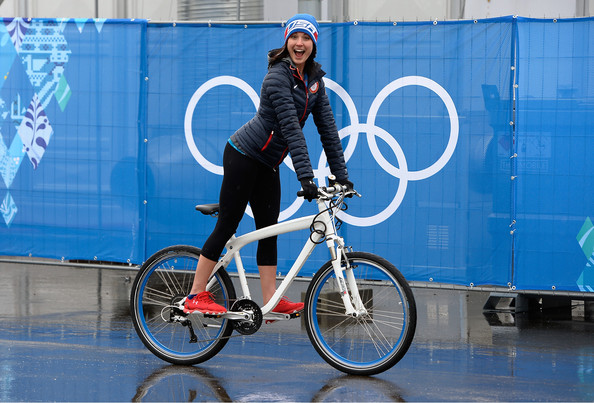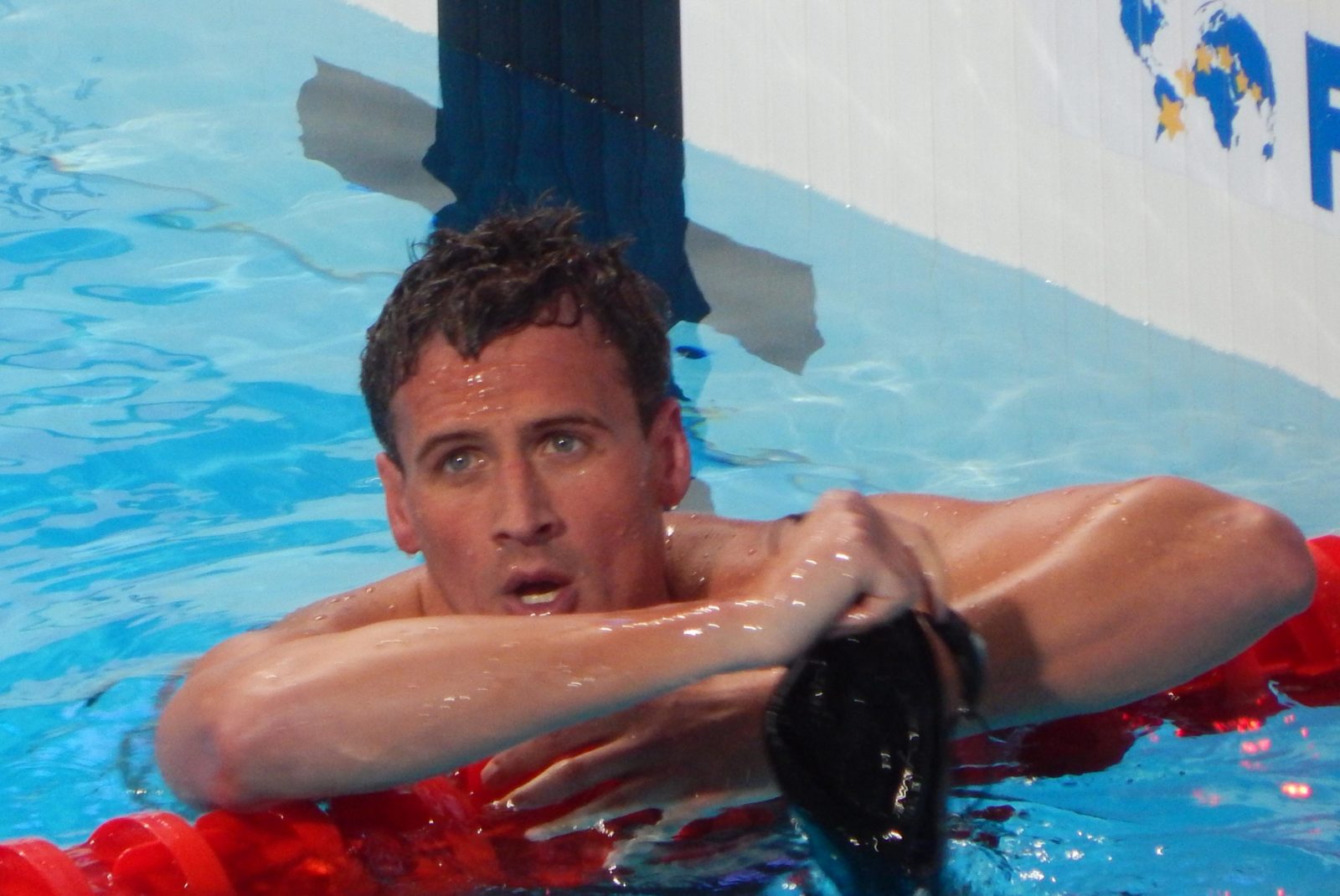4. Warm it Up

The Athlete: Two-time Olympic qualifier Alyson Dudek walked away from the 2010 Olympics with a Bronze medal in speed skating. As a winter-sport athlete, she knows a thing or two about how to stay driven and motivated when the weather conditions are less than appealing for a hard session.
The Advice: One way that Dudek beats the training blues is by incorporating a longer warm up to get her body, and her mind, ready for action. In her WebMD interview, she shares, “on those days I’m just not feeling it, spending a few extra minutes on a series of dynamic exercises—like ladder drills, skips, and jumps—can mentally and physically kick-start a more productive workout.”
How to Use It: On the days you’re not motivated, fake it until you make it. Using mental tricks like changing up your workout, trying out a fun new warm up, or even bargaining with yourself a bit can be powerful tools to get you to the gym. The next time you’re considering skipping a workout, give yourself a mental compromise. You’ll do a 15 minute warm up, and if at that point you’re still not feeling it, you can skip the workout for the day. For most people, once you get moving you’ll find the energy you were lacking comes to the surface and you end up having a great session.
5. Find Balance (Literally)
The Athlete: Julie Swail Ertel has been to the Olympics twice, once in 2000 where she won a silver medal in Water Polo, and again in 2008 where she competed in the sport of triathlon. Her weekly training in swimming, biking, and running is intense, totaling over 20 hours per week to help propel her to the finish line.
The Advice: Finding balance in your training is key, but so is finding balance in your body. In a WebMD interview, Ertel tells us that by adding a single-leg balance drill into her weekly training she saw faster finishing times, especially in the run. Why? “Running is just balancing on one leg and then another,” she says.
How to Use It: Identifying weaknesses and cross-training with complimentary sports and activities are keys to athletic performance and reducing injury. Take a look at your primary sport and identify areas where you might be weak and can improve, or check out this article on cross-training ideas to help you become a more balanced athlete.
6. Be Consistent
 The Athlete: Widely regarded as the fastest man in the world, Usain Bolt has completed in three Olympics games. Coming into his own in 2008, he exploded onto the scene with some of the fastest times the world had ever seen. At only 22 years old, he won gold in both the 100 and 200m events, breaking the world record times in each event as he crossed the finish line and helped propel his relay team to a third gold medal. Not one to ever stop improving, he returned to the 2012 Olympics and beat his previous 100m record, while also defending his three gold medals from the previous Games.
The Athlete: Widely regarded as the fastest man in the world, Usain Bolt has completed in three Olympics games. Coming into his own in 2008, he exploded onto the scene with some of the fastest times the world had ever seen. At only 22 years old, he won gold in both the 100 and 200m events, breaking the world record times in each event as he crossed the finish line and helped propel his relay team to a third gold medal. Not one to ever stop improving, he returned to the 2012 Olympics and beat his previous 100m record, while also defending his three gold medals from the previous Games.
The Advice: Bolt came from an athletic background, and quickly learned through his coaches and his training that daily hard work was the key to being the best. He tells GQ in an interview that you don’t have to be naturally athletic to get the physique that you want and achieve your performance goals. Bolt acknowledges it won’t be easy, but adds, “If you really want it, it’s possible. It’s all about consistency.”
How to Use It: One important step to reaching your goals is actually setting them. When you go through a goal setting exercise, you take the time to examine what you’re trying to accomplish and how you’ll get there, giving you a very clear picture of the work that needs to be done. Take the time to lay out your plan, and then consistently stick with it to get the results you desire and deserve.
7. Don’t Forget Your Core
 The Athlete: Two-time Olympian Ryan Lochte has won the World Swimmer of the Year and American Swimmer of the Year awards twice each, and is one of the top medal earners in men’s swimming with a total of 11, including five gold. He’s considered a specialist in both the backstroke and the individual medley and currently holds world records in each, and he has also swum freestyle and butterfly events.
The Athlete: Two-time Olympian Ryan Lochte has won the World Swimmer of the Year and American Swimmer of the Year awards twice each, and is one of the top medal earners in men’s swimming with a total of 11, including five gold. He’s considered a specialist in both the backstroke and the individual medley and currently holds world records in each, and he has also swum freestyle and butterfly events.
The Advice: While some might believe to become an incredible swimmer the best way to train is all swimming, all the time, Lochte has found a better way. He regularly includes strength-training in his workouts, especially for his core. In a Men’s Health Q&A, Ryan reveals that he includes 30 minutes of daily ab work in his workouts to help strengthen his core and improve his swimming through a more streamlined body position and power transfer in the water.
How to Use It: Swimming isn’t the only sport where having a strong, stable core is a key to better performance. In fact, nearly every athlete can benefit from additional core strength to improve performance and prevent injury. Add in a core workout like this one that includes stabilization and strengthening exercises to your routine at least three times per week. Not only will you have better support for your favorite activity, you might start to see some abs too!
Will you be watching the Olympics this month? Do you have a favorite athlete? Tell us what event you’re excited about in the comments.
